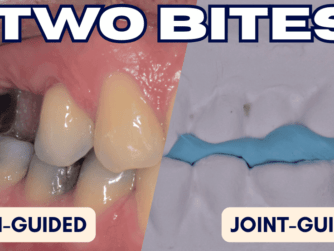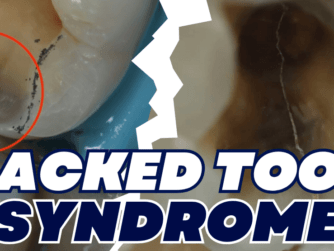Podcast: Play in new window | Download (Duration: 48:05 — 68.8MB)
Subscribe: RSS
All of the Protruserati clan get 15% OFF the third molar experience with the code ‘protrusive‘!

A tricky Third molar surgery can humble even the most experienced of Oral Surgeons. Surgical removal of Wisdom teeth has become somewhat of a post-graduate discipline, with many Dentists lacking the confidence or even the appetite for their removal. We have today the very enthusiastic Dr Nekky Jamal who is a GDP that lives and breathes third molar surgery. He shares with us his top tips for the planning and execution of M3Ms surgery!
Protrusive Dental Pearl: When you are sectioning a mesio-angular impacted tooth, start your section 1-2 millimeters more mesial to where you think the furcation is – you will have a tendency to drift distally and therefore more likely to HIT that furcation which is when the magic begins.
(Regarding disto-angular third molars) “If you lose your crown, you almost lose your ability and your orientation of where that tooth is.” Dr Nekky Jamal
Click Here to visit Nekky’s Third Molar Experience Course – coupon code is PROTRUSIVE.
In this episode, I asked Dr Nekky about:
- What clinical and radiographic features suggest an easier third molar? 9:51
- Main features that identify a tricky third molar worthy of referal 15:15
- The two characteristics to determine the difficulty of third molar removal 16:37
- Things to look out to determine a high risk of inferior alveolar nerve damage 20:15
- Does CBCT help in planning tooth removal for Wisdom Teeth 24:19
- When to consider a coronectomy? 26:37
- Tips and Tricks on how to get cleaner flaps 30:54
- The Hydraulic flap Technique 32:34
- Armamentarium for wisdom tooth removal 35:30
- Three magic Nekky tips 38:33
Join us in our Telegram Community, where we can always help each other out!
If you enjoyed this episode, check out Make Extractions Less Difficult: Regain Confidence by Sectioning and Elevating Teeth with Dr Chris Waith







